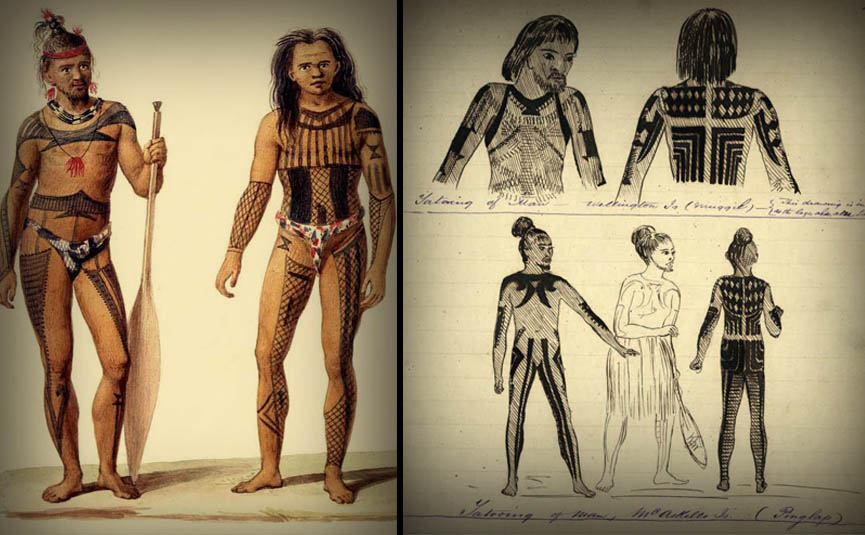A lot of equipment pieces in different industries need to be washed with high pressure water in order to be properly cleaned and maintained. Normally, this cannot be done with a normal hose, so the logical thing to do is invest in a specialised suction one. Why? Because a water suction hose can draw power from a portable water tank, a static water source or a pool. Moreover, they’re built to withstand vacuum instead of heat, abrasion and pressure.
A water suction hose can be used practically anywhere: in construction, mining, agriculture, on firetrucks, etc. as it is a rigid hose used in drafting operations. With this technique it can draw water for an unpressurised water supply. It’s capable of lifting water 3 meters in height.
A common practice in Australia is connecting a fire engine to a hydrant. Using them in this manner requires the fire engine to be positioned carefully, as the hose is not very flexible and it’s also quite heavy, so a few people might be needed to hold its weight. In specific circumstances, it’s possible to use a water suction hose to draft from a hydrant if there’s an adequate water supply with flow rate.
These hoses are constructed differently than standard ones and have different end fittings. They can’t be folded and are typically mounted on the side of a firetruck, or any other mounting object. They’re widely used for wildland firefighting, so they find a lot of use in Australia when fighting bushfire in the hotter seasons. Here’s a list of the characteristics these hoses posses.
- They’re extremely rigid and scalloped
- They’re manufactured using a PVC (molded synthetic material) shaped into rings which allows them to be somewhat flexible without collapsing under suction
- They use suction gaskets, which prevent air from entering. This prevents the air from spoiling the vacuum
- They’re typically short, but there are exceptions
- Their diameter can be from 5 to 15 cm
- Smaller diameters are used for bushfire firefighting
- Larger diameters are used on full-sized firetrucks
To summarize, suction hoses are used when there isn’t a source which “forces (or pressures)” the water out. They use vacuum instead of heat, pressure and abrasion. They can be used in many applications, most notably construction, agriculture, mining and firefighting. The material used in construction is a molded synthetic (usually PVC), shaped into rings allowing them to be a bit flexible, and they use gaskets to prevent air from entering and spoiling the vacuum. The diameter and size can vary, and depending on your needs, you can choose accordingly.














